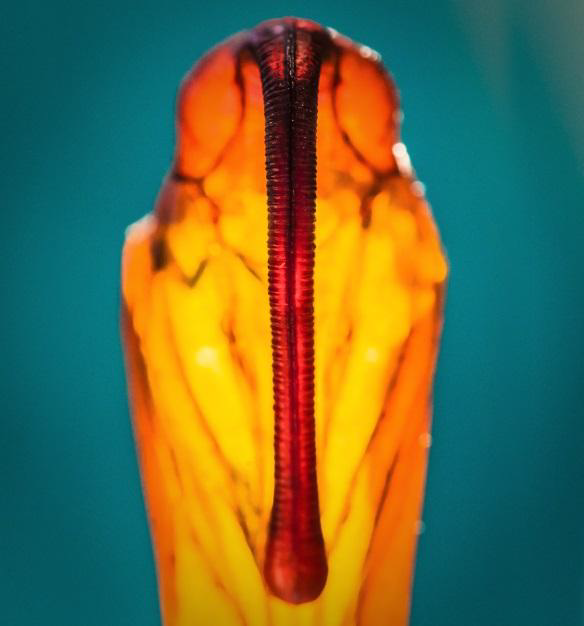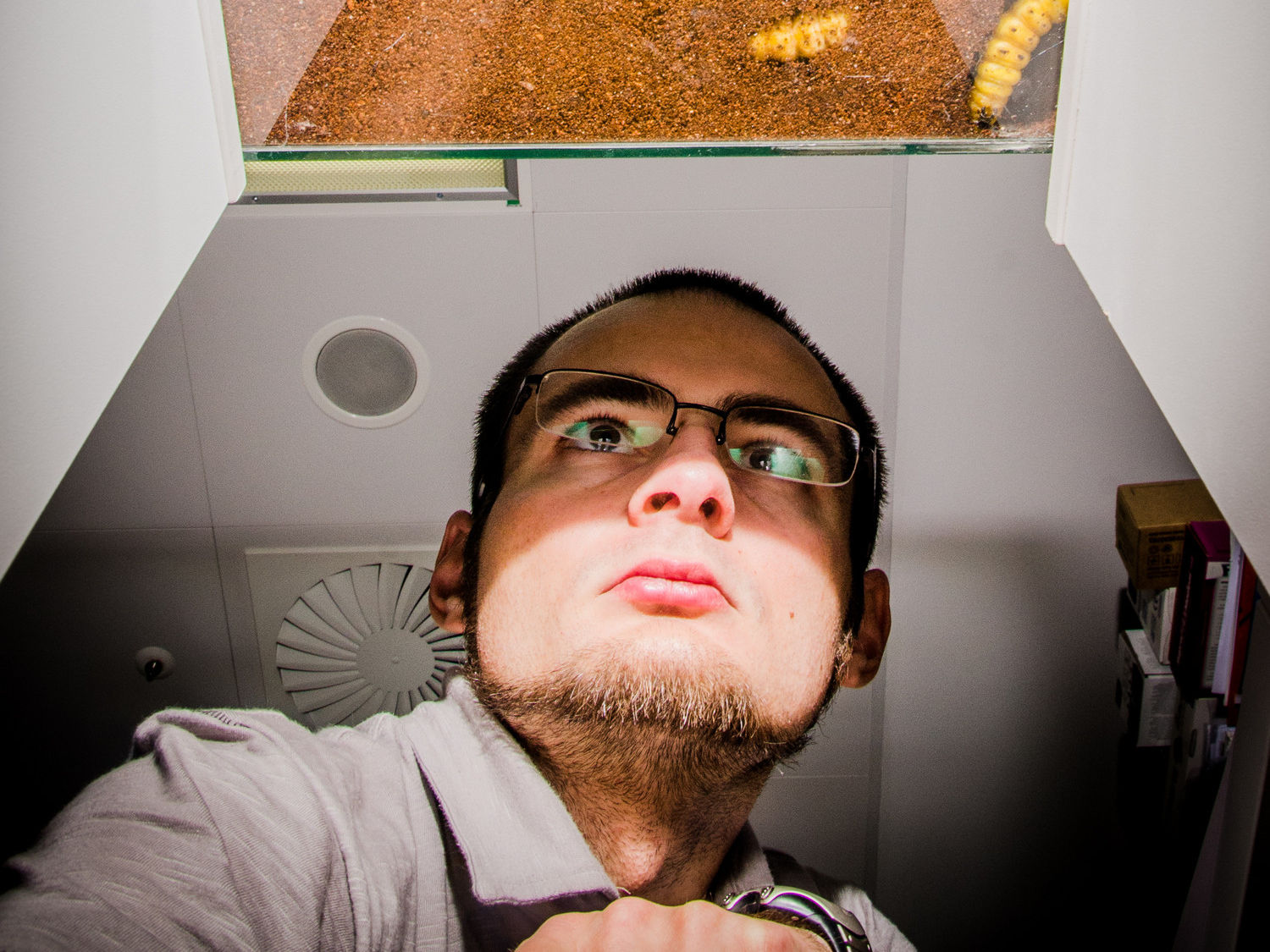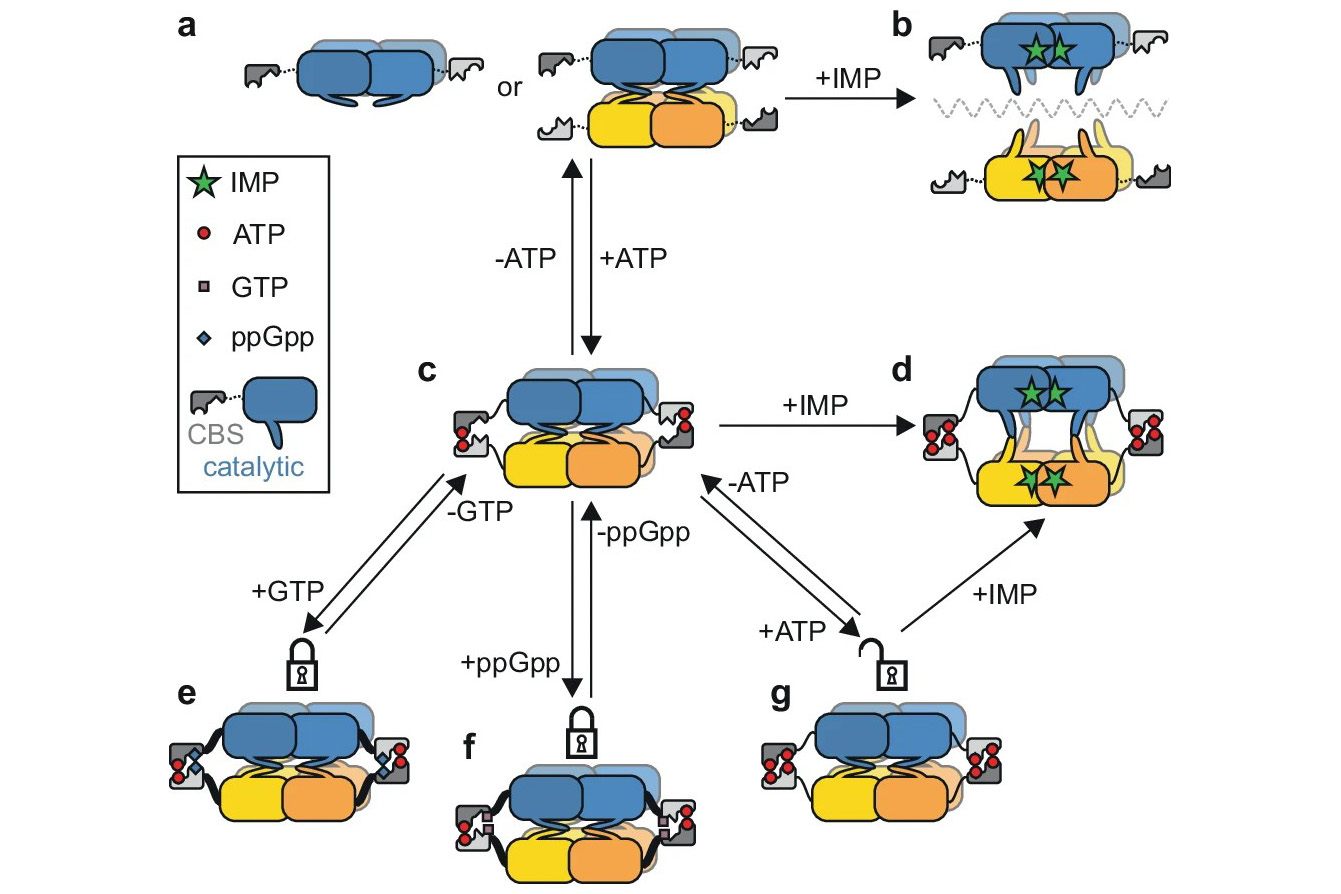A single amino acid change in a female moth enzyme is responsible for the production of new sex pheromones

Scientists from the group of Iva Pichová and Ullrich Jahn from the Institute of Organic Chemistry and Biochemistry in Prague, Czech Republic, and Aleš Svatoš and Heiko Vogel from the Max Planck Institute for Chemical Ecology in Jena, Germany, studied the pheromone chemistry of moths and discovered a new evolutionary mechanism: A single amino acid residue in desaturases − enzymes that introduce double bonds − of the tobacco hornworm Manduca sexta switches the desaturase products from mono- and di-unsaturated to tri-unsaturated sex pheromone precursors.
The desaturase producing mono- and di-unsaturated pferomone precursors is present also in related silkworm females (Bombyx mori); duplication and mutation of this desaturase could be responsible for the development of Manduca sexta from a common ancestor. The susceptibility of desaturases to major shifts in their specificities, due to minor mutations, may significantly contribute to the divergence in moth pheromone communication and so lead to the evolution of new insect species. This article was published on October 13, 2015 in Proceedings of the National Academy of Sciences of the United States of America.

- Aleš Buček, Petra Matoušková, Heiko Vogel, Petr Šebesta, Ullrich Jahn, Jerrit Weißflog, Aleš Svatoš, Iva Pichová. Genetic basis of novel sex pheromone acquisition. PNAS 2015, 112 (41) 12586-12591.






